
RE-Collect I Format I Use


RE-Collect I Format I Use
Contextutal Computational Design Module – MID – P9/P6
Computational Design for Re-using and Re-designing material configurations
Context
The built environment, a significant contributor, generates nearly 50% of annual global CO2 emissions. The urgency of our situation is clear-we must eliminate all CO2 emissions from the built environment by 2040 to meet 1.5°Climate targets. This necessitates a fundamental rethinking of the design and implementation of architectural buildings and the built environment. How can computational tools and methods contribute to these pressing environmental and sustainable challenges worldwide? Which design methods can lead to a material-aware and circular-based construction process? A potential path to increase sustainability is integrating circular economy principles in architectural design processes, which advocate for prioritizing the reuse of waste materials to extend their service life.
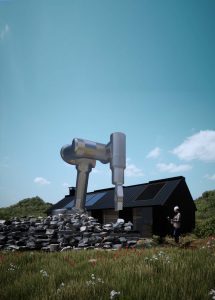
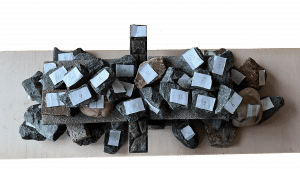
CONTENT
Within the design studio, students will explore how advanced digital technology like machine vision and artificial intelligence can contribute to the way we design and construct our build environment.
The studio’s ambitious goal is to construct a 1:1 architectural structure entirely from reused materials, which will be collected beforehand. To achieve this, computational power will be harnessed to analyze, sort, and optimize geometric elements, aiming for an optimal geometric form. This will involve the application of machine learning methods (k-means) and geometrical optimization.
Combining these two can unlock the potential for a very efficient tool to generate more economical and performative workflows that embed fabrication and material constraints within the design, inspiring a new era of sustainable design and construction.
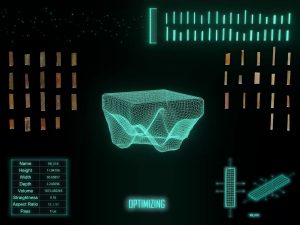
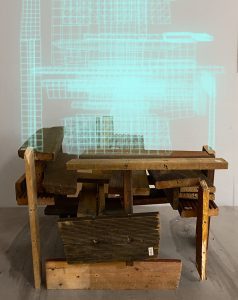

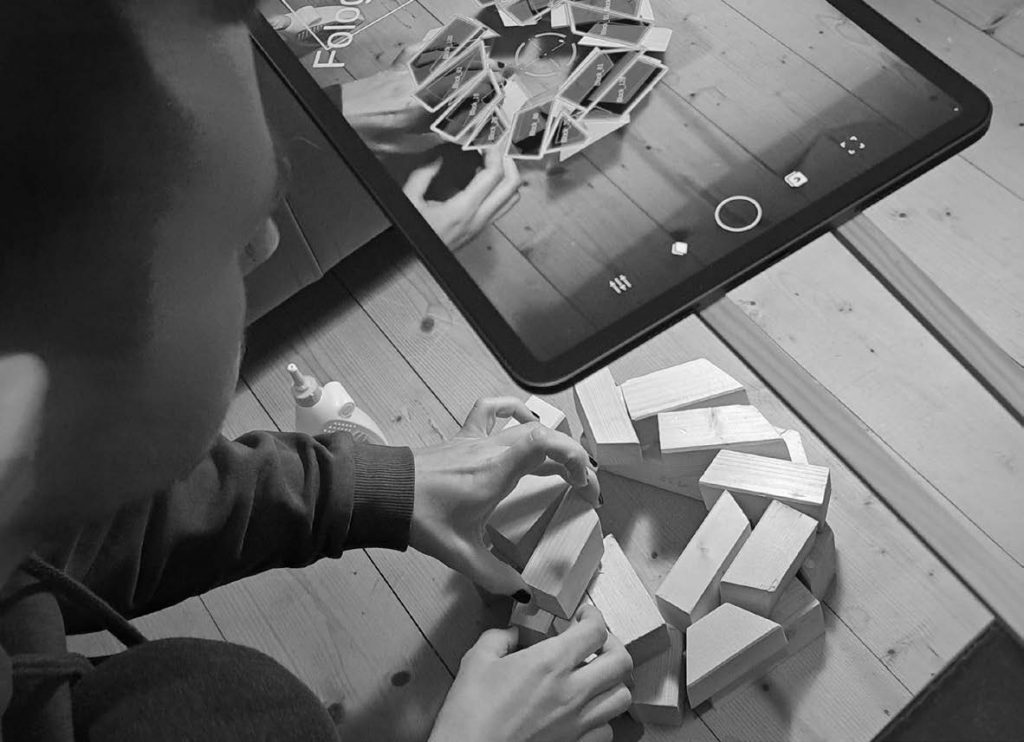
RE-Collect I Format I Use
- Module(s):
- P 6 - Contextual Facade Design
- P 9 - Contextual Computational Design








